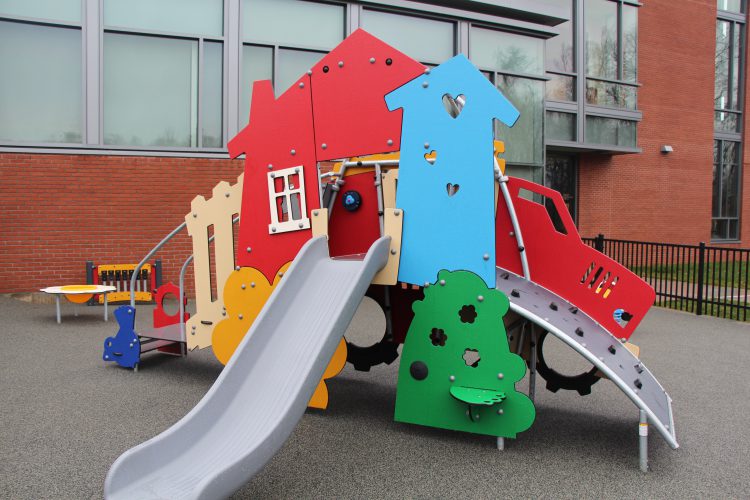Opinion: The Foster Care System Isn’t Working
Change is Necessary
Brittany Chapman, editor
Children that are removed from families are often removed due to abuse or neglect. When officials remove these children, they place them in a broken foster care system. The foster care system was designed only as a temporary solution, allowing either the parent to be rehabilitated or for children to be adopted. But not all parents can be rehabilitated, and in recent years, these institutes have become permanent for many children, while other children suffer when they bounce from foster home to foster home.
The foster care system is responsible for supporting and rehoming children with incapable parents, but the system is stretched past its capabilities and limits. 70% of youth in juvenile jail have been in the foster care system. ⅓ of homeless young adults were previously in foster care.
The corruption of the people working within the foster institution is also a major issue that needs to be addressed. Statistics of kids being abused in the foster system are low, but you have to consider that the people running the institutions for foster children get money from the government. By shutting down cases of children getting abused or even encouraging them to not speak up, these institutions bring in money from the government. Within foster group homes, there is 10 times the rate of physical abuse and 28 times the rate of sexual abuse compared to the general population. Too many kids are shuffled between foster homes and institutions, allowing already traumatized children to become even more traumatized without a sense of security. The system allows too many children to fall through the cracks, start to distrust the system, and suffer severe mental health problems.
More than 400,000 U.S. children enter the foster care system every year, and with poor policies, more than 23,000 children will age out of the US foster care system. Aging out of the foster care system is when a child becomes over the age of 18 and is kicked out of the foster system due to them not being a child anymore. A majority of former foster care children are left without the emotional and financial support necessary to succeed in life. Without vital support, these children fare poorly as a group in post-secondary education, employment, housing stability, mental health care, public assistance receipt, and criminal justice system involvement.
A study shows that 50% of children in foster care aged 2 – 14 identified with clinically significant mental health problems. In a similar study of teenagers, 42% had at least one mental health disorder; of these, nearly one-third had 2 disorders and one-fifth had 3 disorders. With that, children in foster care were almost three times more likely to have considered suicide and almost four times more likely to have attempted suicide than those who have not been in foster care.
There is no doubt that the foster care system needs to change. Too many children are suffering emotional, physical, and sexual abuse without having the chance to speak out against their abusers. The government funds a broken and corrupt system that was designed to help children, but in the end, it does not. The foster care system does not provide help for these children and allows people to make money off children that have no power, no way of speaking up, and no one to go to. Although we have the information and facts on how the foster care system is broken, and many children try to speak out about their abuse, nothing has changed. If this keeps happening, the number of children suffering will only rise faster.
Sources:
“Fact Sheet.” Congressional Coalition on Adoption Institute, www.ccainstitute.org/resources/fact-sheets.
Front, Sarah A., and Elizabeth T. Greshoff. “Foster Care: How We Can, and Should, Do More for
Maltreated Children.” Social Policy Report, 30 Nov. 2020, srcd.onlinelibrary.wiley.com/doi/10.1002/sop2.10.
“Groups with Increased Risk.” Youth.gov, youth.gov/youth-topics/youth-suicide-prevention/increased-risk-groups.
Nelson, John DeGarmo. “Responding to the Needs of Foster Teens in a Rural School District.” Institution of Education Science, eric.ed.gov/?id=ED537698.
Scheid, Jeanette M. “Children in Foster Care: Issues and Concerns.” Psychiatric Times, 26 june 2016, www.psychiatrictimes.com/view/children-foster-care-issues-and-concerns.
“What Does Age Have to Do With Adoption?” Partners for our children, 17 July 2015, partnersforourchildren.org/blog/what-does-age-have-do-adoption-0#:~:text=One%2D%2C%20two%2D%2C%20and,than%2010%25%20of%20all%20adoptions.


